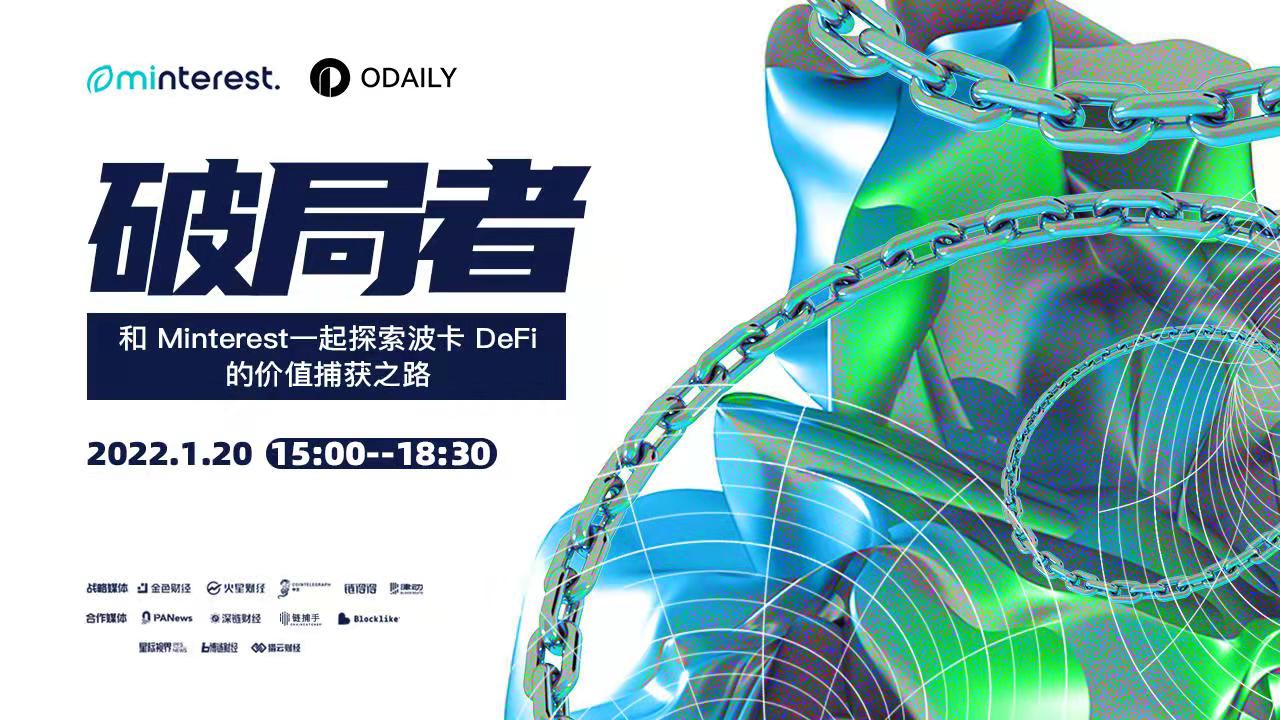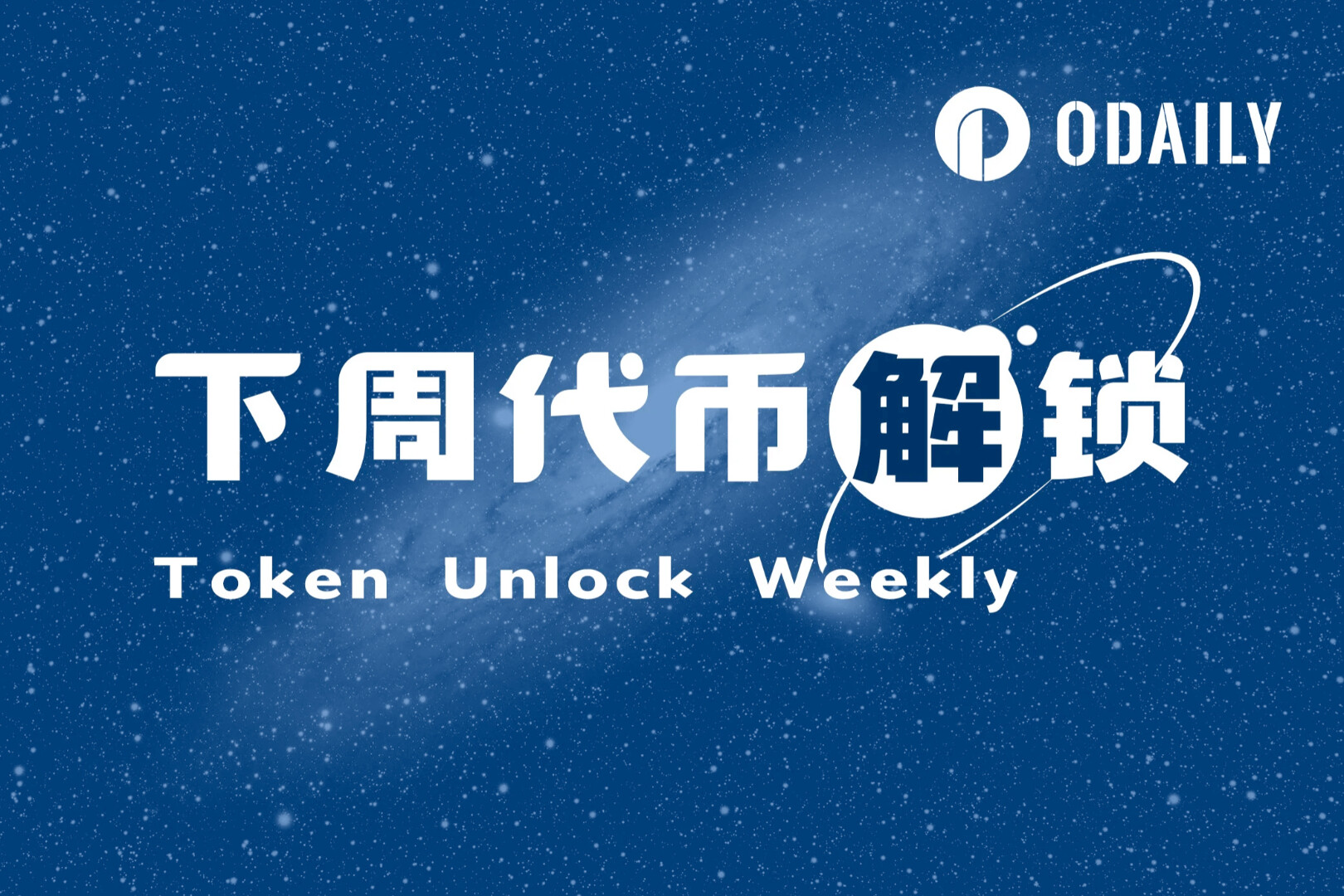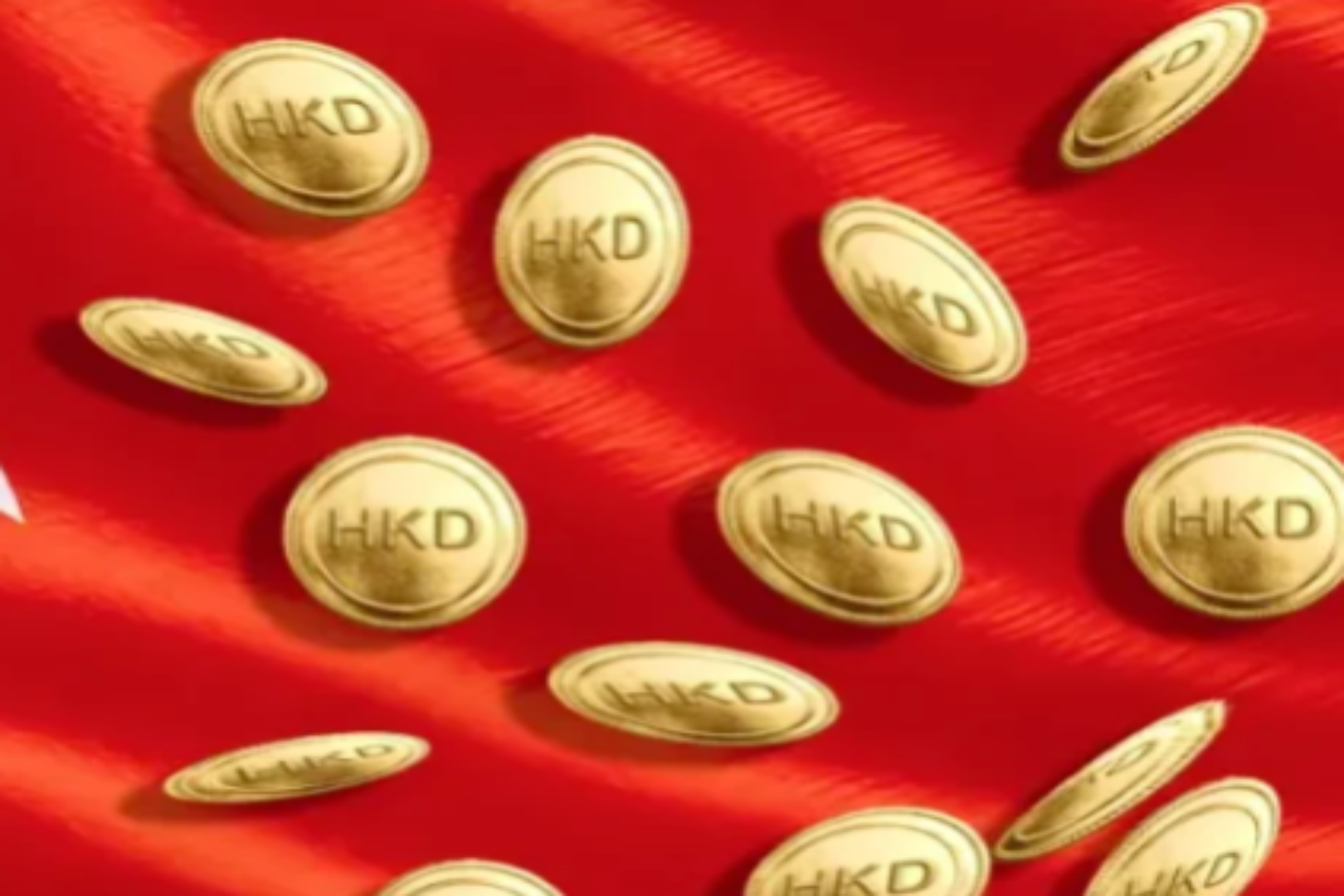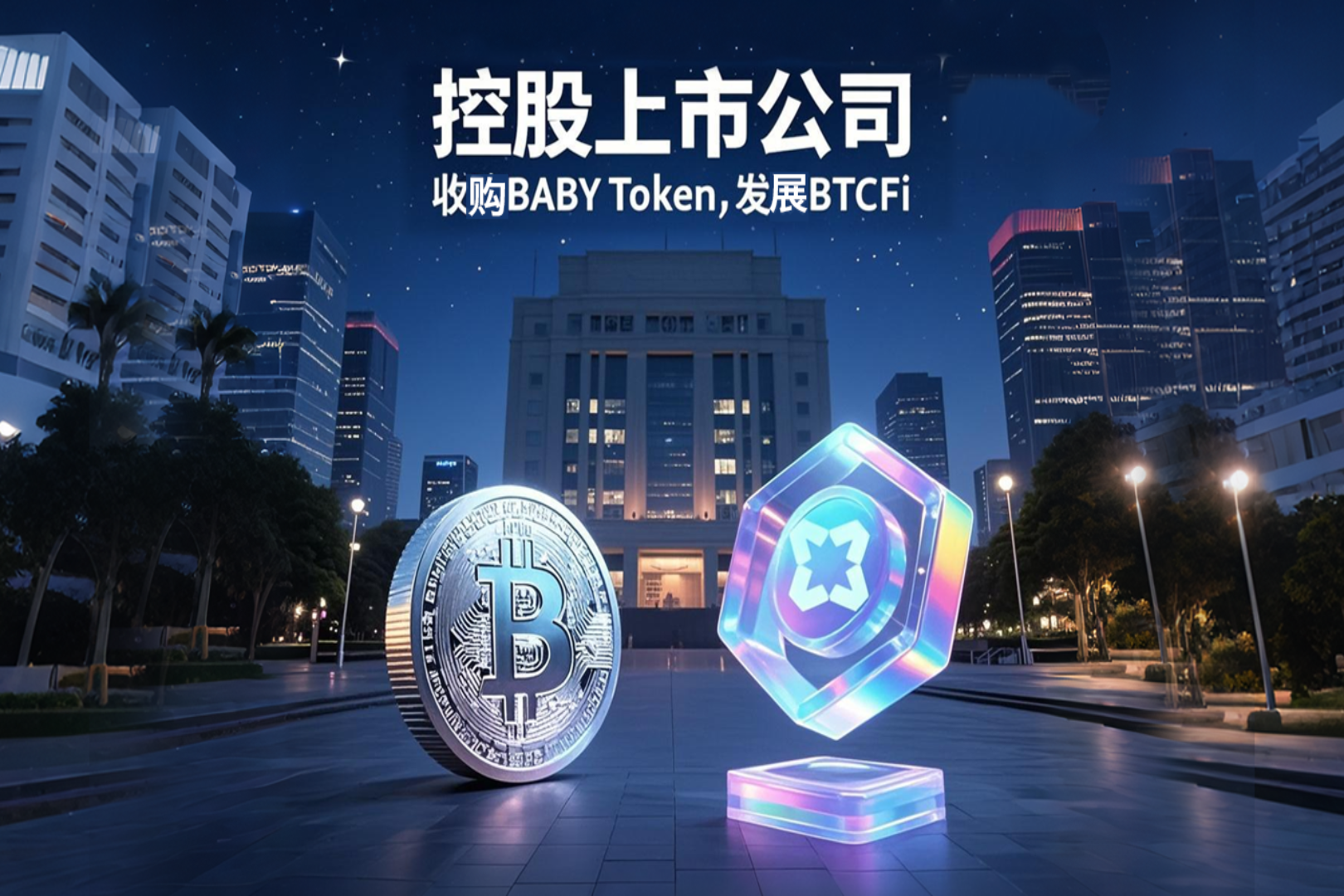On January 20th, the online live event of "The Game Breaker - Exploring the Value of Polkadot DeFi with Minterest" co-hosted by Odaily and Minterest (video portal) successfully held.
video portal

Q0
) successfully held.
In the first roundtable forum, PolkaWorld co-founder Xiaojie (moderator), Minterest CEO Josh Rogers, Bifrost technical committee member Lurpis, Centrifuge Asia director Sammi, Acala open contributor yuzhu, Zenlink market leader Guo Tao, Parallel Jennifer, the head of the Chinese market, and other guests had an in-depth discussion on the topic of "DeFi in Polkadot". In order to facilitate those who missed the live broadcast to review the exciting content, Odaily specifically compiled the text content of this roundtable forum. See below for details.
secondary title
Xiaojie (host):
This is our first roundtable today. All of you here are from projects that everyone is familiar with in the Polkadot ecosystem. Today, let’s talk about a common topic in the Polkadot ecosystem——DeFi. Please say hello to everyone first.
Lurpis (Bifrost technical committee member):
Jennifer(Parallel Head of Marketing):
Hi, I'm Lurpis, a member of the Bifrost Technical Committee. It is a great pleasure to be invited to participate in this roundtable, to discuss, communicate and learn with you. Bifrost is a cross-chain derivatives protocol of the Polkadot ecosystem, and it is also the first batch of projects developed based on Substrate and funded by the Web3 Foundation.
Guo Tao (Marketing Director of Zenlink):
Hello everyone, I am Guo Tao from Zenlink. Briefly introduce Zenlink. Zenlink is the first native cross-chain DEX protocol in the Polkadot ecosystem. We have been online for three months and have been deployed on the Bifrost and Moonbeam chains. A series of reward activities are currently in progress. You can Go try it out on our website.
Hello everyone, I am Jennifer, the market leader of Parallel. Our work in the last quarter was mainly to deliver the liquidity release solution CDOT. Today, I hope to discuss the future development of Polkadot ecological DeFi with you.
Sammi (Director of Centrifuge Asia):
Hello everyone, I am Sammi, head of Centrifuge Asia, and I am very happy to be able to participate in the event with you. Briefly, Centrifuge is a project on Polkadot that connects real-world assets and liquidity between DeFi. Today is just the day when Polkadot launched the second round of the third parachain card slot auction, and we are participating in the auction. Altair, Centrifuge's first network, will soon open Air transfers. We recently launched Real World Pools with Aave, and we now have several pools that have attracted over $10M+ in TVL. I hope everyone can pay more attention to Centrifuge.
I am very grateful for this opportunity to participate in this event, and I am very happy to discuss Polkadot. Minterest is very confident in the ecology of Polkadot.
Q1
yuzhu (Acala Open Contributor):
Hello everyone, I am yuzhu, an open contributor to Acala, and I am very glad to be invited by Minterest to participate in this roundtable. Simply put, Acala is Polkadot’s DeFi center, which brings Polkadot a series of out-of-the-box DeFi infrastructure, such as stable coins, DEX, liquidity, derivatives, etc., for the Polkadot parachain slot bidding scenario, We also launched a derivative token solution, LDOT. In previous Kusama and Polkadot parachain auctions, both Karura and Acala won the first parachain slots.
secondary title
Xiaojie (host):
The theme of our roundtable is "DeFi in Polkadot". Polkadot’s parachain auctions are currently progressing steadily, and major projects that have successfully won slots are also coming in one after another. In your opinion, which types of DeFi projects in the Polkadot ecosystem are most worthy of attention at this stage? Let's start with Lurpis first.
Lurpis (Bifrost technical committee member):
I don’t know what other guests think, but in my opinion, there are not many types of DeFi, which can be roughly divided into six categories: lending, stable currency, DEX, income aggregator, derivatives, and asset issuance.
At present, the most worthy of attention should be the direction of asset issuance and liquidity services. These two pieces can be said to be the foundation of DeFi. Only when there are enough asset types and a certain liquidity scale can we do lending, income aggregation, and derivatives based on this products and a series of applications, so I think these two directions should be the most worthy of attention.
What Bifrost is doing recently is to open up the cross-chain with Statemine, hoping to introduce more assets into DeFi and provide them with liquidity services. As an infrastructure, I think this link is currently worthy of attention.
Xiaojie (host):
As Lurpis said, when everyone talks about DeFi now, it may be the conventional types. Many people will also say, whether DeFi has passed the time of explosion, and whether DeFi will gradually become less hot in the future. We can also change the question, don’t talk about what is worthy of attention, but talk about why you focus on DeFi?
Guo Tao (Marketing Director of Zenlink):
Jennifer(Parallel Head of Marketing):
I believe that the guests here will more or less agree with the point of view that Lurpis just said. Regardless of Polkadot or other ecology, you will find that except for Ethereum, all emerging ecology will start from the bottom-level tracks that Lurpis just talked about. walk again.
From the perspective of Polkadot's ecological technology architecture, I think it should have different types of protocols or application layers. Judging from the current situation of Polkadot ecology, integrated and integrated applications are the native applications that are more suitable for Polkadot ecology at present. This type of application should also have its unique features in Polkadot ecology.
We know that Polkadot technology actually greatly improves concurrency by running multiple parallel chains in parallel. In this case, there will inevitably be a certain degree of fragmentation in liquidity, users, and account systems, because it is difficult for you to ensure that each chain is completely consistent, although they are all the same Substrate chain, like the current Moonbeam of Polkadot ecology. , Acala both support EVM, but their underlying account systems may still have some differences. Under such circumstances, how to return the liquidity and user experience on these parachains from the fragmented state to the one-stop service, Or let them better complete a similar one-stop experience in aggregation applications. I think this is a very important point for the current user needs, and Zenlink will also make some of our explorations on this road.
When we first conceived the product direction, we had two main goals. One was to provide higher returns to DOT and KSM holders, and the other was to bring more liquidity to the ecology.
Regarding liquidity, I believe you have seen it in our Auction Loan product. In the ongoing parachain auction, our CDOT liquidity has surpassed that of Binance, and now there are about 20 million pieces. This result is still good in the first stage, which means that cDOT has already gained a lot. Liquidity scales up.
Regarding the point of providing higher returns for DOT and KSM holders, we have many designs, such as simple staking products. Now the staking pledge rate of Polkadot mainnet is about 14%, but through our leverage innovation, Pledge users can obtain higher returns. Specifically, users can obtain derivative tokens after staking, and then they can deposit the derivative tokens in the lending market and then lend DOT to continue staking to make profits. We believe that innovative designs in these areas can bring better liquidity to the DOT ecosystem and bring more benefits to DOTholder. Relatively speaking, there are still relatively few DeFi products and income opportunities in the Polkadot ecosystem. This is why we focus on the DeFi field.
Sammi (Director of Centrifuge Asia):
Our founders have ten to twenty years of experience in real-world assets. This is also our mission - to connect real world assets to DeFi.
For us, when we first entered the Polkadot ecosystem, we still hoped to reduce the transaction fees on the chain and increase the transaction rate. importance. We believe that there are more and more various chains, each chain has its own characteristics, and the things suitable for development and ecology are also different. When all chains continue to coexist in the future, cross-chain liquidity services will be very important.
Like all the projects we have here, everyone is actually doing cross-chain DeFi, hoping to integrate the liquidity on each chain. For Centrifuge, our specialty is to make real-world assets and connect them to DeFi. We hope to obtain more liquidity through Polkadot's cross-chain support capabilities.
Josh Rogers (CEO, Minterest):
The answer is actually very simple. DeFi is still in a very early stage. If you look at the current online platforms, it may be the opinions of managers that play the most important role, such as opinions from banks, or company strategies. not the opinions of users. We hope that Minterest's products are truly driven by the needs of users. We can see that online banking services will not enter DeFi, but DeFi can provide online banking services in turn, so we hope to provide a comprehensive and unified The service is given to users, of course, this may take several years of development.
We believe that there are still many opportunities in DeFi. A long time ago, people thought that companies like Uber, Airbnb could not succeed, but then they all did. We use these tools not because we have to, but because users have real needs.
We hope to make the solutions simpler, so that DeFi is not only tokenized, but can enter more traditional industries. A very important advantage of Polkadot is that it can transfer multiple tokens internally without encapsulating it. The next direction of DeFi is to solve the financial needs of ordinary users, and more and more penetrate into traditional industries and traditional fields, because it is difficult for traditional fields to enter DeFi in turn.
Our founding team is actually a very early community member in the Polkadot ecosystem and the earliest holders of DOT, so our original intention of doing Acala lies in our own needs. No matter what you do, I think demand-driven must be right.
Q2
In 2017 and 2018, everyone did not know Polkadot, but as DOT holders, because staking requires a 28-day unlocking period, we wanted to make some liquidity release tools, so we decided to make LDOT product; after having this product, we were thinking about how to have liquidity without losing DOT, so we made a lending agreement based on demand, and then there was a stable currency aUSD; and then there was a transaction demand, In the end we made DEX again.
We hope to provide some DeFi services for KSM and DOT through Acala, a DeFi-focused parachain.
secondary title
Xiaojie (host):
Based on the direction you are currently doing, or your own business scenarios, why do you choose Polkadot as the bottom layer to provide your DeFi services, why not Ethereum, Solana or other public chains?
Lurpis (Bifrost technical committee member):
When Bifrost first raised funds, many investors would ask this question. I think this question can be summed up in one sentence: Compared with Solana and Ethereum, the Polkadot ecology has a different level of technical implementation, which means that they are not at the same level. The positioning of Ethereum and Solana is Layer 1, and Polkadot The positioning is Layer0, which is a lower-level protocol.
The technical manifestation is that you can build an Ethereum on Polkadot, and you can build a Solana on Polkadot, but you cannot implement another Polkadot on Ethereum. This is the biggest difference. All EVM applications can be done on Polkadot, but some things that Polkadot can do cannot be done on EVM. To give a very simple example, it is difficult to achieve native cross-chain only relying on smart contracts. Even if it is realized, the gas fee will be high, and the cost of cross-chain is very high. This is also one of the biggest advantages of developing DeFi based on Polkadot.
Guo Tao (Marketing Director of Zenlink):
Jennifer(Parallel Head of Marketing):
Lurpis said in the first half of this question, from the perspective of ecology and future technology development, I think the Polkadot ecology has more room for imagination than Ethereum and other Layer1s.
For example, if the actual business and assets are to be transferred to the chain, or some blockchain transformations are required, from my personal point of view, there are some things that smart contracts cannot do. At this time, it will involve the needs of the development chain, and Polkadot will most likely be their option. From this perspective, Polkadot's technical architecture and the future direction of DeFi evolution determine that Polkadot has a greater room for imagination. This is why we want to build chains and applications in the Polkadot ecosystem. Most projects should also be able to Think about it.
When doing the development of the protocol layer and application layer, the project will either consider the current asset size and user situation of a certain underlying layer, or consider how big the ceiling it may be. Zenlink’s starting point is the latter, in Polkadot’s technical architecture Next, what it will derive is an ecology based on ecology. So why did Zenlink choose this technical route to do this kind of distributed application? It is because we have seen that under this technical framework, there will inevitably be fragmentation of the asset layer, community and protocol interaction in the short, medium and relatively long term, so we are willing to do this integrated exploration.
There are several aspects. First, our entire team is more inclined to do some DeFi innovations. DeFi innovations have relatively high requirements for asset interoperability. DeFi 1.0 and DeFi 2.0 on Ethereum require interoperability between multiple different contracts. To achieve some innovative design. So from this perspective, we feel that the operability in the Polkadot ecosystem is better. Through XCMP, assets of different parachains can be interoperable to varying degrees, and assets of other parachains can also be used in our products. For DeFi innovation, Polkadot is a very good foundational soil.
Second, in the Polkadot ecological development, everyone can focus more on the business level, instead of focusing on maintaining network consensus, security, storage and other underlying issues, our team can focus more on Focus on how to do business better and how to design products better.
Third, the development difficulty of the Polkadot ecosystem is actually much better in terms of the development difficulty of the engineering team. More models can be applied, and a lot of basic layer codes can be repackaged without repeated development. This can liberate everyone from the work of repetitive technology development, thus focusing on In your own business, design your own products better, so as to bring more innovative DeFi services to users.
Josh Rogers (CEO, Minterest):
Polkadot is completely different from Solana, Ethereum, and Algorand. Polkadot has wanted to build an aircraft carrier that concentrates all blockchains from the very beginning. We often talk about Polkadot's relatively low gas fees and security. In fact, Solana also has this feature, but Polkadot can provide more network effects and support Richer ecology.
A major feature of Polkadot's technical architecture is called Substrate, which supports modular development. When other projects want to create new applications, they can directly use these modules. As the Polkadot community continues to grow, this value will continue to increase. As we build new projects, the fees will get lower and faster.
There is another very powerful point in the Polkadot technical framework-cross-parallel chain communication. In the Polkadot ecosystem, communication between projects will become very easy, but it will be more difficult outside the Polkadot ecosystem. Of course, this function has not been fully realized yet, but it is in the Polkadot roadmap plan.
I don't know Gavin Wood personally, but I think his Polkadot design is very clever, and the design of the entire network effect is very clever. I also want to make a very crazy imagination here. In five years, Solana and Ethereum will become parachains on Polkadot, because Polkadot is not one of many ecosystems, but will become a big chain. aircraft carrier.
For Minterest, our early participation will have a great development advantage. A lot of people say I'm crazy, but in terms of my career, I've been a startup for 25 years, starting in the 1990s, when the Internet was thought of as just a soon-to-be In the past, I think the network effect of Polkadot ecology is very well designed, and I believe my prediction will come true.
yuzhu (Acala Open Contributor):
Q3
I think many of the previous guests have already said the same thing, why choose Polkadot? First of all, most of our entire team are early Polkadot participants and early community members, which is why Polkadot was chosen as the bottom layer.
Just now many guests mentioned that Polkadot is more like Layer 0. Except for Zenlink, other project parties here may be Layer 1, which is at the same level as Ethereum and Solana. They have functions that we have on our chain. Since this is the case, why don't we choose Polkadot? Even Compound wants to jump out of Ethereum to build a Compound Chain. Of course, there are many big Vs who say that the future may be a multi-chain world, but most of our team, including me, think Polkadot is the future.
secondary title
Xiaojie (host):
After nearly a year of explosive growth, the growth rate of the current DeFi market has slowed down to a certain extent. In your opinion, does DeFi need some new business models or funding channels to attract more external capital inflows? Can you make some simple imaginations about the specific forms of these models or channels?
yuzhu (Acala Open Contributor):
Regarding this issue, in May 2021 we cooperated with Current, a credit card bank in the United States. They have about 3 million bank depositors. At that time, we proposed the concept of HaFi, which is the financial service of DeFi+CeFi. As you can see, DeFi has indeed reached a bottleneck. For example, the growth rate of many DeFi projects on Ethereum has slowed down. I think more attention should be paid to assets in the traditional world.
So I think that the combination of Acala and Current in the future will leverage many traditional world assets into DeFi, because the way DeFi generates income has actually been proven. For some depositors who seek stability in the traditional world, they can be launched through Acala and Current. The service deposits depositors' money into DeFi to earn income. Previously, Current could also bring 4% annualized income to American users, which is a very amazing deposit interest for American users. This may not be felt in China, but deposits still have interest abroad. It is very attractive to users. In the future, if DeFi will have a very large growth, it will most likely be the combination of traditional finance and DeFi.
Sammi (Director of Centrifuge Asia):
I agree with what yuzhu said. In fact, in the past two weeks or so, Centrifuge's TVL has increased by 20%. Most of the DeFi application ecology on the chain now only focuses on native encrypted assets, and what Centrifuge can provide users with are traditional world assets that are relatively low in correlation with encrypted assets.
I share the same opinion as yuzhu, if Defi development wants to go to a higher level, it must integrate real-world assets. Because the market itself is huge, it can also allow more people to participate and bring more users. This is of course the strength of our Centrifuge. We have done a lot of work in the past four years to bring real-world assets to DeFi. We hope that when our parachain goes online, it will also bring more diversified assets to Polkadot.
Guo Tao (Marketing Director of Zenlink):
In fact, what I have always been in awe of is the original power of cryptocurrency. If Token is used as an asset carrier, in fact, from the stage when Token was not used before, to when Token is used for various face-to-face interactions, this Token always comes from the original The crypto world itself, not some other things that have been verified before, such as STO. These things may be limited by the regulatory level or other reasons, and have encountered certain resistance.
There are also some other applications we already have, such as GameFi, or the metaverse with a larger imaginative space in the future. I think the power of native encryption will definitely play a decisive role in this. As for the traditional finance mentioned by yuzhu and Centrifuge just now, and the HiFi concept, I think it is complementary, but it is not necessarily a decisive thing. I believe that the power of encryption native is decisive.
In the encrypted world, 50 people were playing, and now 50 million people are playing. From the beginning to the end, the original force is constantly increasing this number. In the future, from 50 million to 500 million, these native people will still do these things here, so I think it is more likely that the non-native will be changed by the original.
Lurpis (Bifrost technical committee member):
Jennifer(Parallel Head of Marketing):
I think the direction of the conversation of several guests is very good. DeFi covers too much content. As long as there are asset flows and markets, various financial needs will naturally arise. From my point of view, for example, combined with Metaverse or NFT, some relatively native DeFi applications can be played, and the high probability should happen on Polkadot, because it supports interoperability between parachains, and it is technically realized. This level of composability.
The current ranking of the TVL list has not changed much, but if you look at it from a wider perspective, it has not been long since the DeFi Summer just broke out. Compared with the traditional financial scale, there is still a considerable gap in the current DeFi capital scale. How to increase more liquidity, how to integrate more projects like Centrifuge, and how to be compatible with more real assets, I think it is also the next industry A common direction is needed.
However, what is finally presented to users will definitely be a usable product formed in series. Since it needs to be connected in series, there must be cross-chain in the middle. Recently, everyone is talking about the direction of cross-chain DeFi, but so far, no one has been able to make cross-chain DeFi in the true sense. If you just transfer assets to another chain, this is not real cross-chain DeFi. Real cross-chain DeFi requires interoperability, one chain for settlement and one chain for lending. You don’t need assets to cross-chain, directly The cross-chain call can be completed in the clearing link. Therefore, the direction of cross-chain DeFi is actually very suitable in the Polkadot ecosystem, and it is a very advantageous development direction for DeFi. From the point of view of cross-chain DeFi, this is a relatively big innovation. Afterwards, connecting NFT or Metaverse in series is actually based on cross-chain.
Jennifer: On this aspect, I agree with everyone's point of view.
Xiaojie (host):





